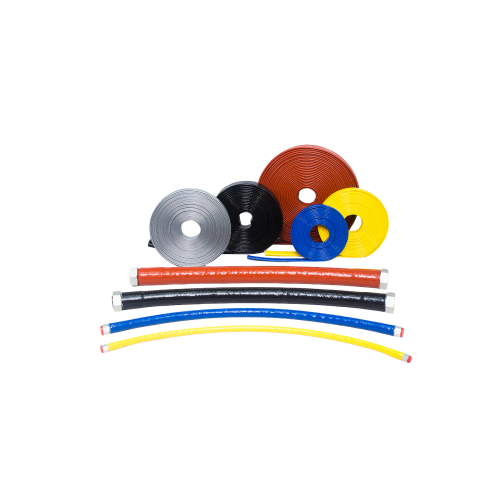As a seasoned robotics design engineer with 30 years of experience, I am excited to share my expertise on the application of high-temperature fire-resistant sleeving in the field of robotics. High-temperature fire-resistant sleeving plays a crucial role in ensuring the safety reliability of robotic systems operating in extreme temperature environments. In this article, we will explore the importance of this sleeving and its practical application in robotics.
Background:
Robotic systems are often exposed to high-temperature environments, such as foundries, steel mills, and industrial furnaces, where ambient temperatures can reach exceptionally high levels. The excessive heat generated in these environments poses a significant challenge for ensuring the proper functionality of robotic components. High-temperature fire-resistant sleeving provides an effective solution to protect critical robotic components from heat-related damage.
Features and Properties:
High-temperature fire-resistant sleeving is engineered with advanced materials that exhibit exceptional resistance to heat, flames, and thermal radiation. These sleeves are designed to withstand extreme temperatures, typically ranging from 500°C to 1500°C, without compromising their structural integrity. Additionally, they possess excellent insulation properties, low thermal conductivity, and high mechanical strength, making them ideal for robotic applications in high-temperature environments.
Application Case:
Let's consider a real-world scenario where a robotic system is deployed in a steel mill, responsible for handling molten metal. The robotic arm, which operates in close proximity to the molten metal, is vulnerable to extreme heat exposure. To safeguard the robotic arm and ensure its reliable operation, a high-temperature fire-resistant sleeving is applied to protect the cables and wiring connected to the arm.
The high-temperature fire-resistant sleeving acts as a barrier, preventing heat transfer and minimizing the risk of cable damage or failure. Its exceptional insulation properties ensure that the cables within the sleeving maintain their electrical integrity, even in the presence of intense heat. Furthermore, the sleeving's outstanding resistance to flames and thermal radiation provides an additional layer of protection against potential fire hazards, safeguarding the robotic system and the surrounding environment.
The application of high-temperature fire-resistant sleeving in robotics is paramount to ensure the safety and efficiency of robotic systems operating in high-temperature environments. By implementing this sleeving, engineers can effectively protect critical components, such as cables and wiring, from extreme heat, flames, and thermal radiation. This ultimately enhances the reliability, longevity, and overall performance of robotic systems, contributing to increased productivity and safety in various industries.
As a robotics design engineer, it is essential to prioritize the selection and application of high-quality high-temperature fire-resistant sleeving to meet the specific needs and demands of each robotic application in challenging thermal environments.

